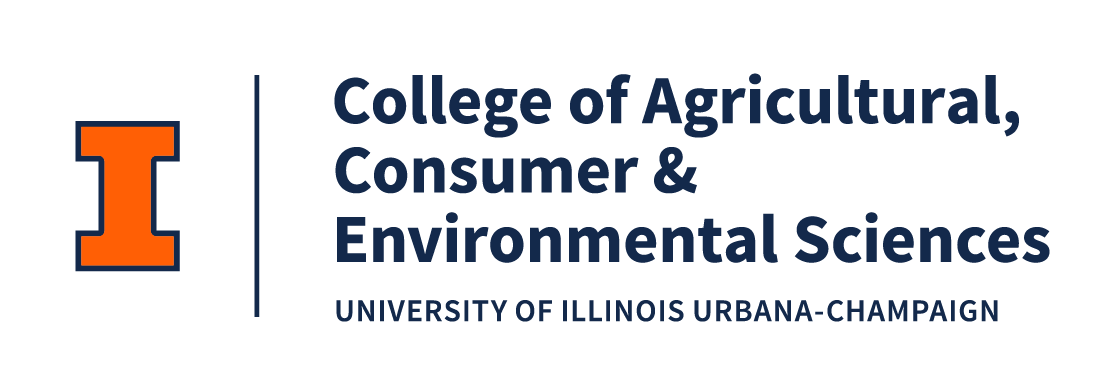Newswise — As the world focuses on not only solving the climate crisis but also sustaining the world’s food supply, researchers need tools to evaluate how atmospheric pollutants affect crops. Over the past decade, the agriculture community has turned to solar-induced chlorophyll fluorescence (SIF) measurements to detect stresses on plants.
Plants absorb light from the sun to power photosynthesis, and the unused energy is emitted as heat and a tiny glow invisible to human eyes, termed fluorescence. Ever since the first global SIF map was generated in 2011, SIF has been used by researchers to investigate photosynthesis dynamics. For instance, it has been used to determine how high levels of carbon dioxide (CO2) or elevated temperature affect a plant's properties.
Now a team from the University of Illinois Urbana-Champaign and the USDA Agricultural Research Service has used SIF to measure the effects of elevated ozone (O3) on soybean plants. The team published its findings in the Journal of Experimental Botany (https://academic.oup.com/jxb/advance-article/doi/10.1093/jxb/erad356/7272702).
“Researchers have found SIF to be a faster, safer, and noninvasive way to study photosynthesis,” noted Genghong Wu, the work’s first author and the former PhD student at the Department of Natural Resources and Environmental Sciences, under the supervision of Prof. Kaiyu Guan, the senior author of the work. “That is why it has become so popular. The novelty of this study is that for the first time, SIF was used to measure elevated ozone stress on soybeans in the field.”
Ozone is a damaging air pollutant that is costly to farmers. The SoyFACE facility provides a testbed for studying the effects of ozone pollution in the field. It is managed by USDA ARS scientist and Prof. Lisa Ainsworth. For the current study, she designed the elevated O3 experiment with four plots as a control, and other four plots with higher amounts of O3. The team used a portable spectroscopic system placed about half meter above the plant canopy to take its measurements on both control and elevated O3 plots.They found that increased O3 levels resulted in a decrease in SIF, by as much as 36 percent during the late growing season.
Other processes associated with photosynthesis, such as electron transport and leaf-gas exchange, were simultaneously measured along with SIF. “As we observed those levels decrease with higher ozone levels, it confirmed to us that a decrease in SIF is a sign of stress,” Ainsworth said.
Although SIF is directly related to photosynthesis — the process by which plants absorb light and turn it into chemical energy — it isn’t the only factor to influence SIF. But Wu notes that plant photosynthesis, combined with measures of the size of the plants[MAD3], can give farmers a good estimate of yield.
One of the advantages of SIF is that it is scalable. Wu is currently studying in Germany with colleagues, who use aircraft flying 1 kilometer off the ground to evaluate SIF’s effects on an entire field. Alongside Prof. Kaiyu Guan, the Founding Director of the Agroecosystem Sustainability Center and a fellow investigator on this study, Wu hopes to use the method to track photosynthesis in regions around the world from a satellite orbiting the Earth.
“We want to use SIF to estimate or to monitor the dynamics of photosynthesis on a regional or global scale,” Wu reiterated. “To do that, we need to also further understand the mechanistic relationship between SIF and photosynthesis.”
The experiments that these colleagues did at SoyFACE to link SIF to air pollution are helping build that mechanistic understanding.
MEDIA CONTACT
Register for reporter access to contact detailsRELEVANT EXPERTS
Kaiyu Guan
Founding Director, Agroecosystems Sustainability Center
College of Agricultural, Consumer and Environmental Sciences, University of Illinois Urbana-Champaign
